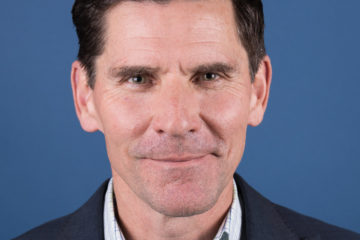Morrell Housing/Homelessness Q1

While a shortage in housing aggravates the problems of both homelessness and housing affordability, there are key differences. Anyone can find themselves temporarily homeless due to economic conditions. However, data shows that for many individuals experiencing homelessness, it is a chronic problem that often comes with challenges of mental and physical illness.
Democrat leaders’ pushes to change the justice system through laws like AB 109, which has forced an estimated 60,000 convicted felons out of prison, has also increased pressure on the system. Many of these individuals have difficulties with drug abuse and may avoid shelters so they can continue to use. A side effect of these early releases is that the state lacks adequate tools to connect them with treatment and services.
In linking housing with homelessness generally, the reality is that housing is not the only expensive aspect of living in California. The added cost pressures of excessive taxes on earnings, gas, businesses, and more, all compound the affordability crisis. A recent survey by Edelman Intelligence found 63 percent of millennials have considered leaving the state.
From top to bottom, people are being priced out, with the median home price approaching $600,000 and higher in more urban areas. This limits housing options that are close to places of work. As people are pushed to live further away from their jobs, commutes become longer and adversely impacts quality of life. If people do not have the opportunity to move up, the supply of more affordable housing, especially for first-time buyers, goes down. Because of overall scarcity, even housing that is freed up is more expensive than it once was.


